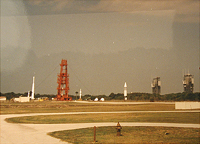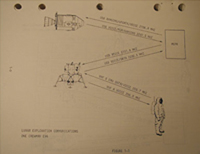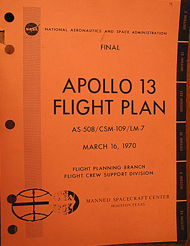(click on photos to see larger versions)


At auctions and through private sales over the past couple of years, I’ve bought some original flight plans, including one from Apollo 13. 
The best info on space is http://www.ksc.nasa.gov. There are other links on the links page.
















